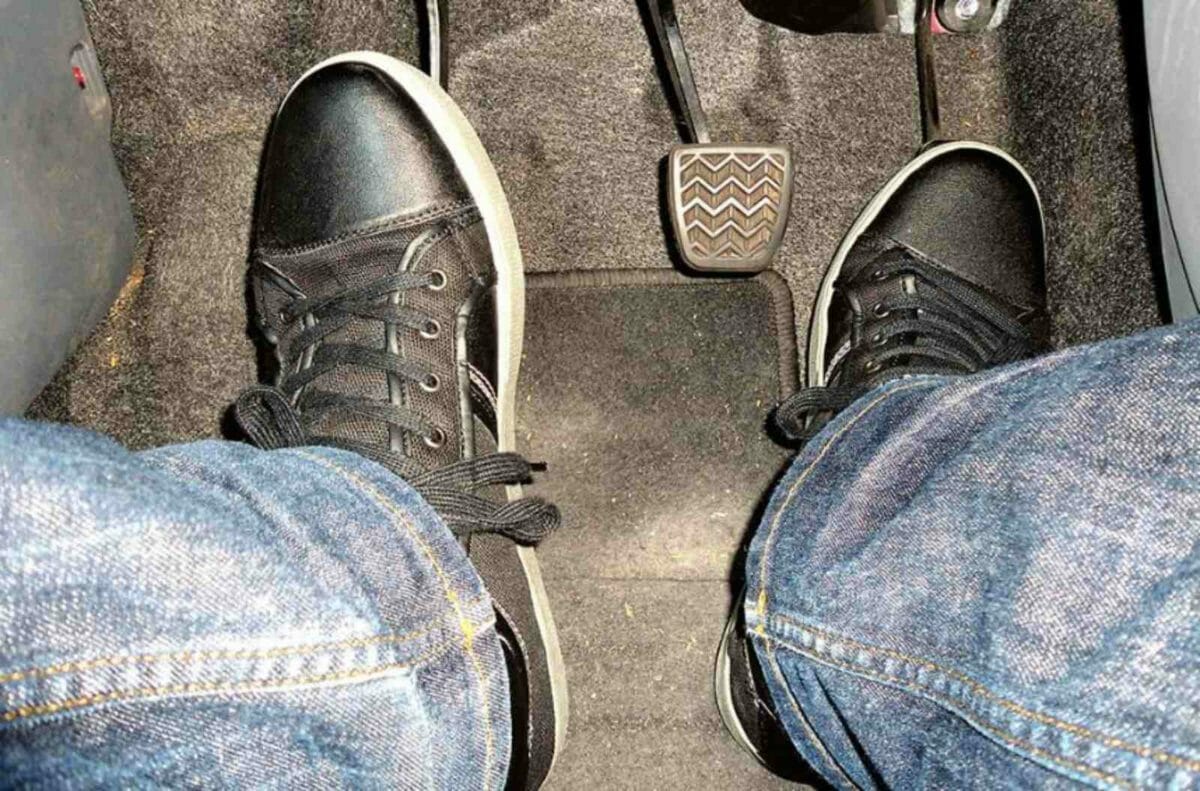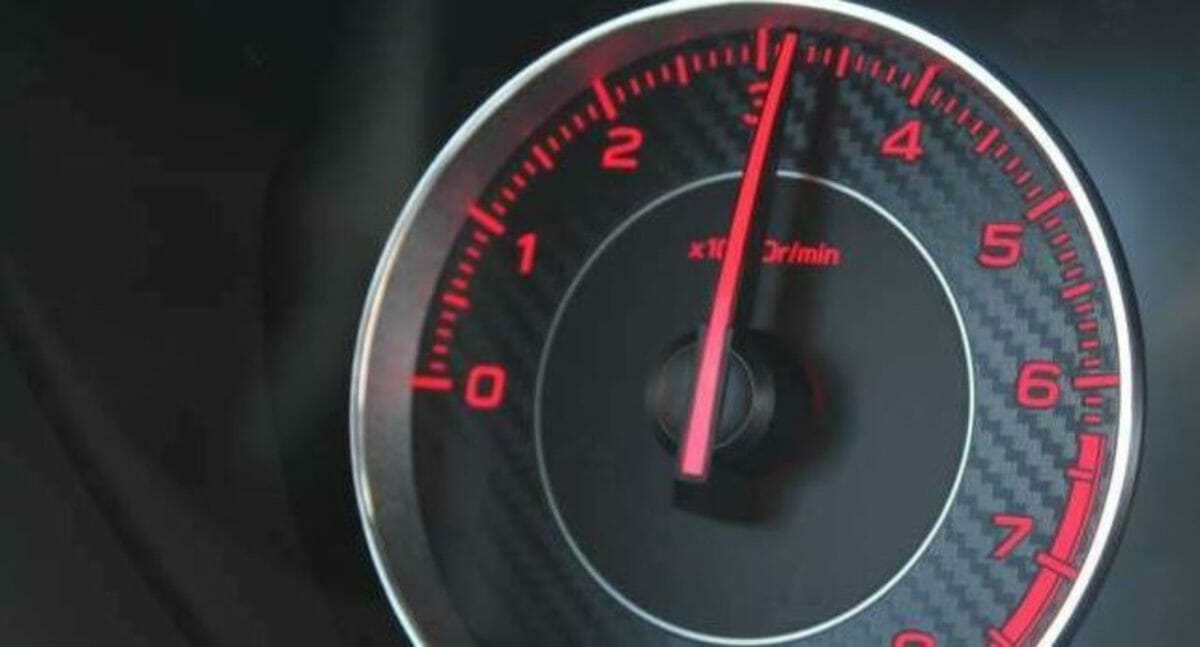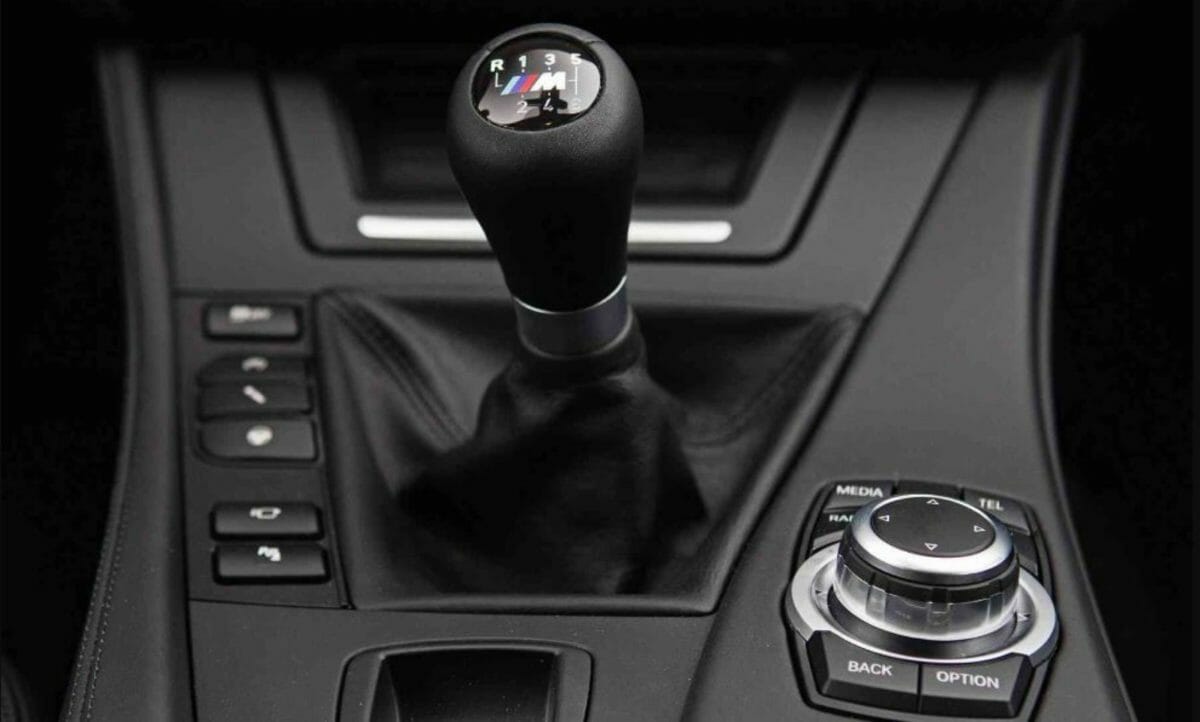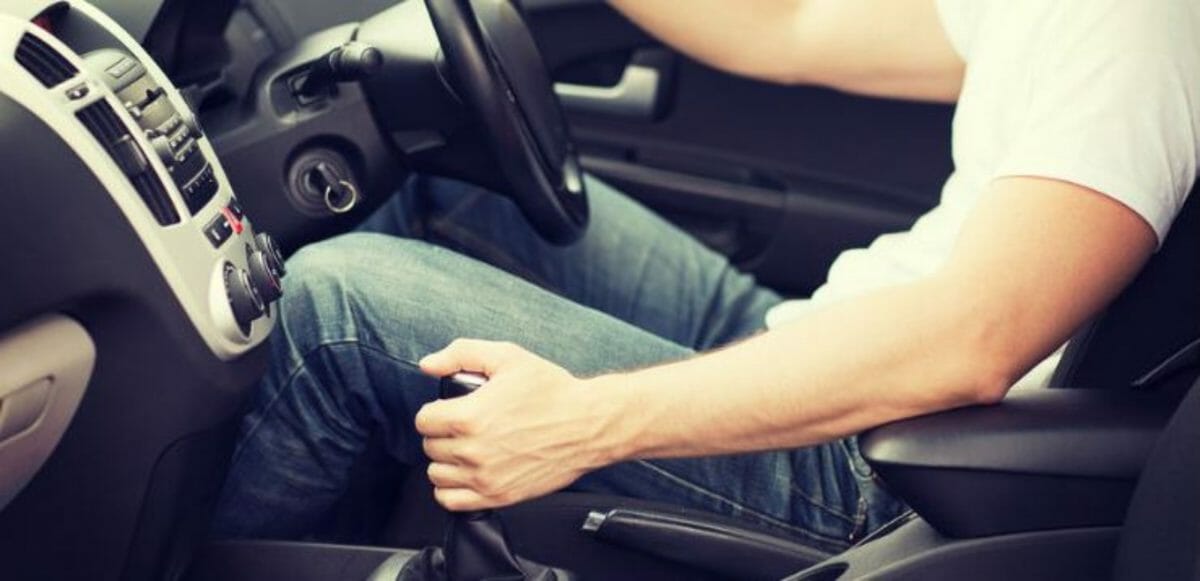Ask any driving enthusiast, the fun, the thrill and the joy of driving a manual transmission is simply unparalleled. Yes, it is an old mechanism, it is cumbersome in traffic and it is not quite comfortable to drive but it is the most reliable, offers the most control to the driver and let’s be honest, not everyone can drive a manual transmission. It’s unfortunate that the percentage of manual transmission cars on the road is steadily decreasing in some countries ( it’s a rare sight to spot a manual car in the US ). But, places like India, Japan, Europe etc. have still kept the manual transmission alive and you’re more likely to drive a stick shift in these countries so here are 7 things you should never do in a manual transmission car.
The clutch is not a footrest and the gear lever is not a handrest

Quite a lot of people have an unintentional habit of riding the clutch and keeping their hands on the gear lever throughout. Without diving too much into the technical details, in simple words, both these actions are forcing metal to rub against another metal. You are unintentionally transmitting some amount of force to the clutch plate assembly and the transmission assembly causing a metal to metal grinding, which over a prolonged period of time wears out the corresponding components and dig a hole in your pocket.
Avoiding rev-matching
Rev-matching is such an important, yet such rare thing in India. It is necessary because when you depress the clutch to downshift, the engine revs drop as the clutch is engaged and when you shift to a lower gear, the revs after you release the clutch will shoot up because of the taller gearing and the unlikely scenario of the wheels driving the engine.

So, to avoid a sudden shooting of the revs after a downshift, you should slightly blip the throttle before disengaging the clutch to shoot the engine revs up and match the revs for the downshift. Heel and toe is another rev-matching technique that is used by pro drivers and is massively helpful. Failure to rev-match in worst cases can cause the driven axle to lock up, decreasing your control on the vehicle and causing severe damage to the drivetrain.
Don’t lug your engine
In simpler words, don’t put the pedal to the metal when in a higher gear at low revs. For example, suppose you’re cruising at 60 km/hr in 5th gear at 1500 RPM and you want to overtake someone. Instead of going flat out in 5th gear, downshift to 4th or 3rd to keep your engine healthy. Lugging the engine puts the engine at a significant mechanical disadvantage and hence has to work harder. This produces more heat than it would in a lower gear and overheats the engine. Prolonged lugging the engine can cause severe damage to the heart of your vehicle.
Swift to neutral at a stop
Many folks have a habit of keeping their vehicle in gear with clutch depressed at a temporary stop or at a traffic signal. Your clutch has a release bearing that disengages the clutch plates, effectively the clutch, enabling the drive through to the transmission. If you know you’d have to stop for more than a few seconds, it’s advisable to shift to neutral otherwise, you’re acting against the action of the release bearing of your clutch assembly and thereby wearing it out again, digging a premature hole in your pocket.
Clutch is not a handbrake
Again, many Indians use the clutch and the throttle to hold the car on a slope. Folks release the clutch until the bite point and then gently hold the throttle to avoid it rolling back. In other words, they hold enough clutch that the car wouldn’t stall and hold enough throttle that the car wouldn’t rollback. This definitely sounds cool and is a trick you’d like to do to impress your crush but the prolonged practise of this technique wears out the friction material between the clutch plates prematurely again forcing you to change the assembly earlier than usual.
Don’t coast in neutral downhill
This one’s a no brainer. If you coast downhill in neutral, you eliminate the engine braking to help you slow down, should there, unfortunately, be an obstacle ahead and free your car up allowing it to reach speeds depending on the gradient which after a point becomes quite difficult to control.

Any obstacle ahead would require you to ask your brakes to stop your car, devoid of any resistance that could help it stop your car and on a downhill slope which frankly could turn out to be one bit too many to ask from your brakes.
Know when to engage clutch while braking and how to use engine braking
Manual transmission offers you this cool thing called engine braking wherein the engine helps you brake which in turn reduces the load on your brakes. Also, while braking, don’t engage the clutch first up, dip it in as late as you can when the revs are significantly lower.

For example – If you’re cruising at 60 km/hr in 5th gear and if you can’t heel-toe and luckily don’t need to brake urgently, you must brake, dump in the clutch when the revs drop ( don’t let them drop below idle or you’d stall ), downshift, rev match, release the clutch, use the engine braking while also braking with your right foot, further downshift and continue the process until you safely stop. This would reduce the load on your brakes and give you the optimum braking performance before clutching in.
P.S – While driving in twisties, try staying in a gear lower than you’d normally do.
